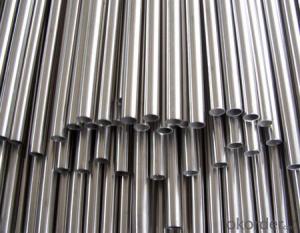Steel structures have been a cornerstone of modern architecture and engineering for centuries. They have evolved from simple beams and columns to complex, sophisticated systems that support our cities and infrastructure. In this article, we will explore the world of high-quality steel structures and how they are shaping our modern era.
The Beauty of Steel
Steel is not just a material; it’s an art form. Its versatility allows architects and engineers to create stunning structures that are both functional and aesthetically pleasing. From the Eiffel Tower to the Burj Khalifa, steel has been the backbone of some of the world’s most iconic buildings. It’s not just about the strength and durability of steel; it’s also about the way it can be shaped and manipulated to create breathtaking designs.
Sustainability and Steel
In today’s world, sustainability is more important than ever. Steel is a sustainable material because it can be recycled and reused without losing its properties. This means that high-quality steel structures can contribute to a greener future. Moreover, steel structures are energy-efficient, as they require less energy to produce and maintain compared to other materials.
Innovations in Steel Construction
The field of steel construction is constantly evolving. New technologies and techniques are being developed to improve the quality and performance of steel structures. For example, advances in welding and fabrication techniques have made it possible to create more complex and intricate designs. Additionally, the use of computer-aided design (CAD) and building information modeling (BIM) has revolutionized the way steel structures are designed and constructed.
The Role of Steel in Disaster Resilience
Steel structures are known for their resilience in the face of natural disasters. Their strength and flexibility allow them to withstand earthquakes, hurricanes, and other extreme weather events. This is particularly important in our modern era, where climate change is causing more frequent and severe weather events. By choosing high-quality steel structures, we can ensure that our buildings are better prepared to face these challenges.
The Human Element
While steel structures are often associated with cold, impersonal industrial settings, they can also be warm and inviting. Designers are increasingly incorporating elements of nature and organic shapes into their designs to create spaces that are both functional and comfortable. This human-centric approach to design ensures that steel structures not only serve their purpose but also enhance the quality of life for those who use them.
The Future of Steel Structures
As we look to the future, steel structures will continue to play a vital role in shaping our world. With ongoing research and development, we can expect to see even more innovative and sustainable steel solutions. From self-healing materials to structures that generate their own energy, the possibilities are endless.
In conclusion, high-quality steel structures are not just about strength and durability; they are about creating a better, more sustainable, and more beautiful world for all of us. As we embrace the potential of steel, we can look forward to a future filled with innovative designs and structures that inspire and amaze us.

